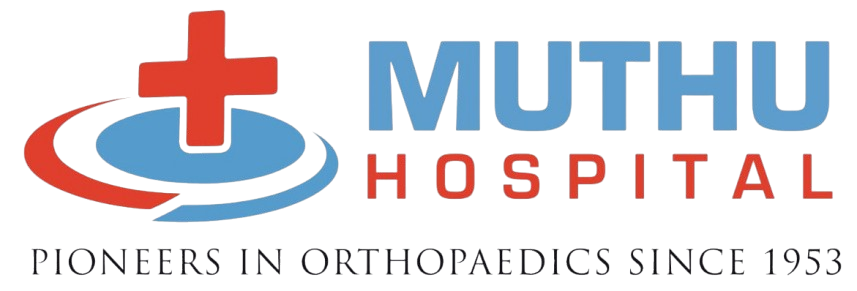Herniated Discs
- Home
- Treatments
- Herniated Discs

A herniated disc, sometimes called a “slipped” or “ruptured” disc, occurs when one of the cushioning discs between the bones (vertebrae) in your spine pushes out of its usual space. This can press on nearby nerves, causing pain, numbness, or weakness, often in the back, neck, arms, or legs. Herniated discs are common but can be effectively managed with the right care and treatment.
What Causes a Herniated Disc?
Herniated discs can result from age-related wear and tear on the spine, known as disc degeneration. Other causes include:
- Lifting Heavy Objects: Lifting improperly can strain the back, leading to a herniated disc.
- Sudden Impact or Trauma: Sports injuries or accidents may displace a disc.
- Repetitive Movements: Continuous twisting or bending can put stress on the discs.
Symptoms of a Herniated Disc
Symptoms vary depending on the disc’s location and severity of the nerve compression:
- Back or Neck Pain: The most common symptom, pain may intensify with movement.
- Radiating Pain: Pain can radiate from the spine to the arms or legs, especially with lumbar (lower back) herniations.
- Numbness and Tingling: Affected nerves may cause a “pins and needles” sensation.
- Muscle Weakness: In severe cases, compressed nerves can cause weakness in the limbs.
Treatment Options for a Herniated Disc
Treatment focuses on relieving pain, reducing inflammation, and restoring mobility:
- Rest and Activity Modification: Avoiding activities that aggravate pain can provide relief.
- Physical Therapy: Exercises to strengthen back and core muscles can relieve pressure on the disc.
- Medications: Anti-inflammatory drugs and muscle relaxants can ease pain and discomfort.
- Epidural Injections: For severe pain, corticosteroid injections may be used to reduce inflammation around the nerve.
- Surgery: In rare cases, when symptoms don’t improve with other treatments, surgery may be recommended to remove part or all of the herniated disc.

